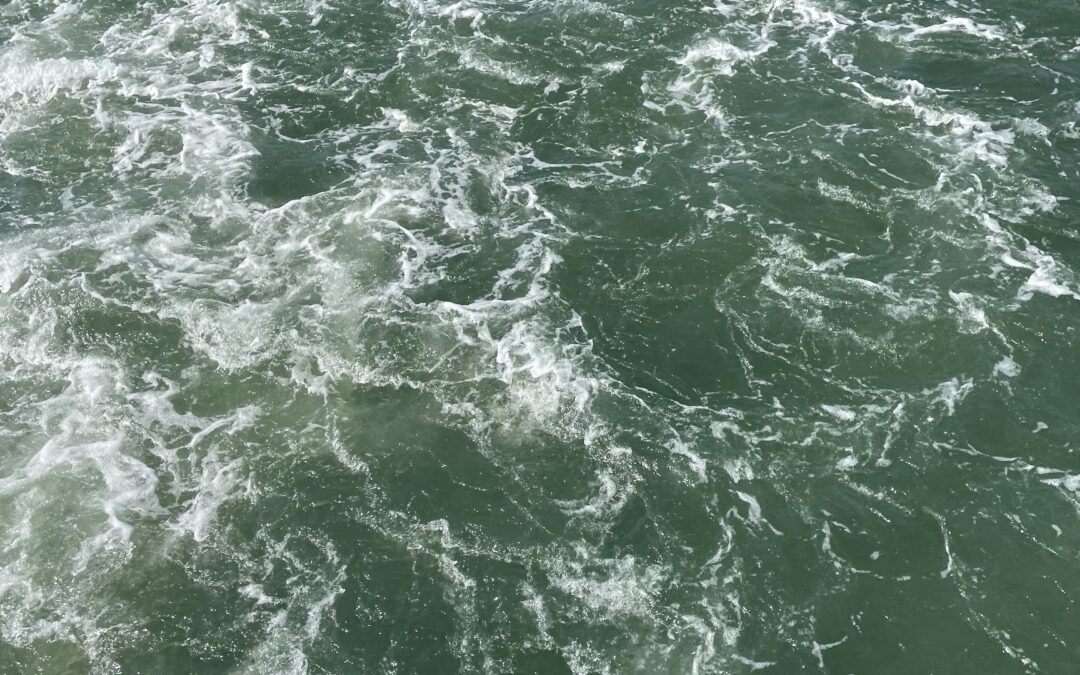After spending time at the Wordsworth Museum and reading more about Wordsworth, I wrote down some thoughts which resonated with the development of Breath Water Marks (which are exhibited at the museum).
‘It was also beautiful on the calm, hot nights to see the little boats row out of the harbour with wings of fire and the sailboats with the fiery track as they cut along and which closed up after them with a hundred thousand sparkles, balls shooting in streams of glow-worm night.’
From Dorothy Wordsworth’s journal, 1802
Water
Wordsworth grew up as a young child to the sound of a river running over rocks. He responded spontaneously and intensely to water, finding in it an expression of some aspect – creativity, infinity, immortality, goodness, or unity – of the universal spirit which he recognised in humans and nature. Images of water from the sound and the surface of the sea to brooks, rivers, streams, fountains, waterfalls, and lakes occur frequently in his work and express his thoughts and beliefs.
Motion
Of all the characteristics of water, the one which was of most poignancy to Wordsworth was that of motion, appearing as a prominent presence in his life and theme in his poetry. He composed poems as he walked, evoking the metre and rhythm of striding alongside mountain brooks and wandering around lakes. In Tintern Abbey he writes of the ‘motion that impels / All thinking things, all objects of all thought / And rolls through all things.’ He often used enjambment – literally ‘a striding over’ – in his poems: the continuation of a phrase from one line to the next.
Wake
Wordsworth’s poems seem like a kind of wake: they show how he developed as a writer, and the legacy he left, which is constantly being re-interpreted. Even reading a poem on a page from beginning to end is a kind of motion, and its concrete form conjures the image of words streaming through the paper as a boat through water, leaving wake on the page and in the mind like a watermark. The breaks, or breath marks, between and within lines and stanzas, give a pause to the phrases. They remind us that these poems, the living wood of the boat, and the wake on the waves which rise and fall in breath-like rhythms, live as we interact with them in a fleeting motion which is defined by its very passing.
Memory
Whilst Ferry Mary Anne no longer makes any physical traces on water, the skilled craft and care of the conservation team enables the boat to carry on being resonant of many of Wordsworth’s beliefs about water, motion, and spirit. With this new series of mobiles, – Breath Water Marks – I hoped to evoke a feeling of timelessness in the wake of a boat, of a poem, and of a memory, along with a sense of loss and the transient traces of life.
‘O joy! That in our embers
Is something that doth live,
That nature yet remembers
What was so fugitive!’
From stanza ix of Ode: Intimations of Immortality by William Wordsworth

